Badshahi Mosque
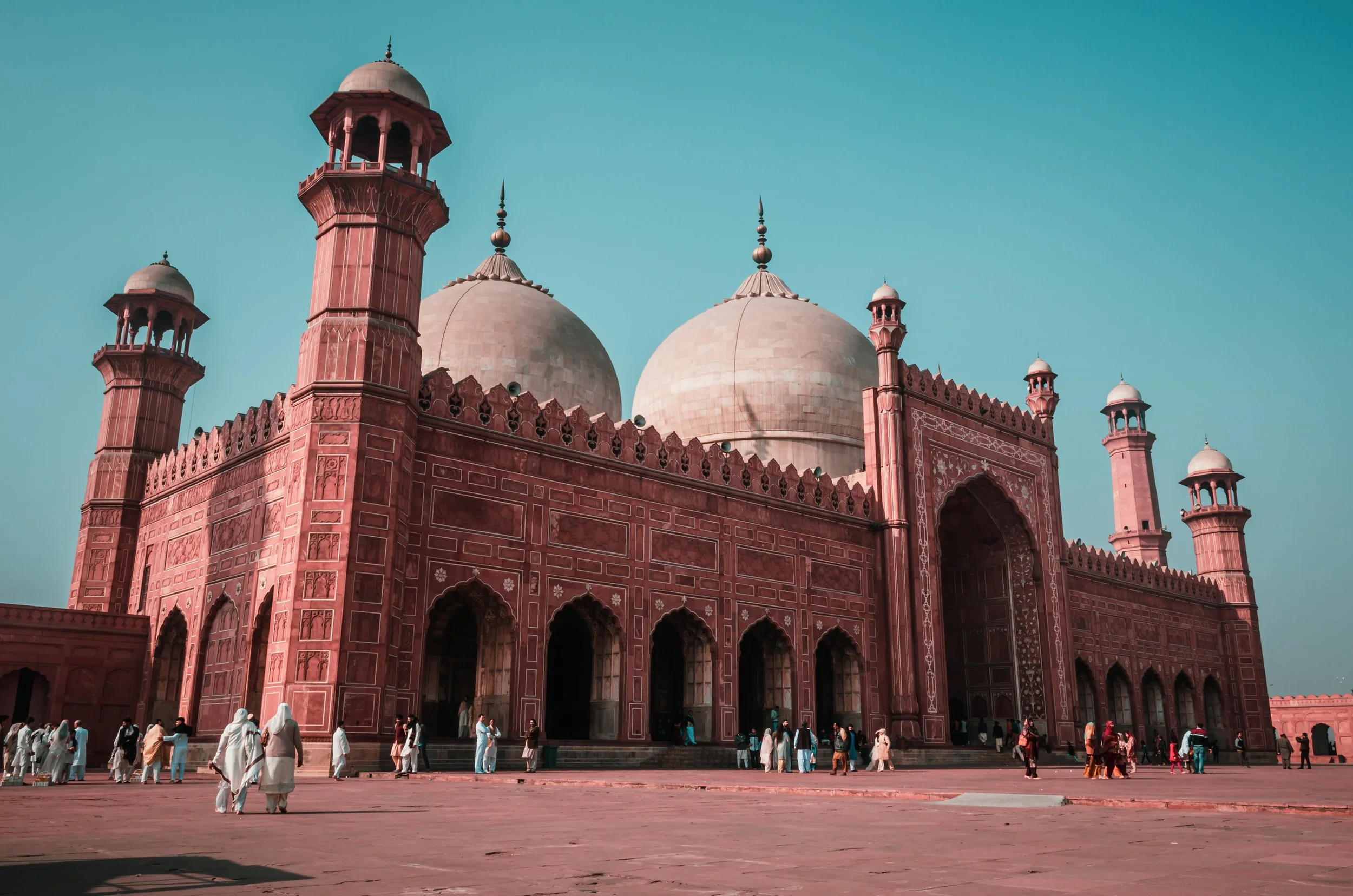
Introduction
The Badshahi Mosque is one of the largest and most iconic mosques in the world, located in Lahore, Pakistan. Commissioned by Mughal Emperor Aurangzeb in 1671, the mosque is a masterpiece of Mughal architecture and a major symbol of Islamic heritage in South Asia.
Historical Background
Built during the height of the Mughal Empire, the Badshahi Mosque was intended to reflect imperial grandeur. It served as the largest mosque in the world for centuries and continues to be a prominent religious and cultural landmark in Pakistan.
Architecture and Features
- Design: The mosque features red sandstone and marble construction with vast courtyards, grand domes, and intricately decorated interiors.
- Prayer Hall: Its massive prayer hall can accommodate over 55,000 worshippers, making it one of the largest in capacity.
- Minarets: Four towering minarets stand at each corner, providing a striking visual balance to the structure.
Cultural Significance
The Badshahi Mosque is not only a place of worship but also a symbol of Lahore’s cultural identity. It hosts important religious and national events and attracts tourists, historians, and architecture enthusiasts from around the world.
Preservation Efforts
Conservation efforts by the government and heritage organizations have helped preserve the mosque's grandeur, ensuring that it remains a living monument to Mughal excellence.
Quick Facts
- Built: 1671–1673 CE
- Location: Lahore, Punjab, Pakistan
- Commissioned by: Emperor Aurangzeb
- Known for: Mughal architecture, scale, and historical importance
- Architectural style: Mughal
Image Gallery
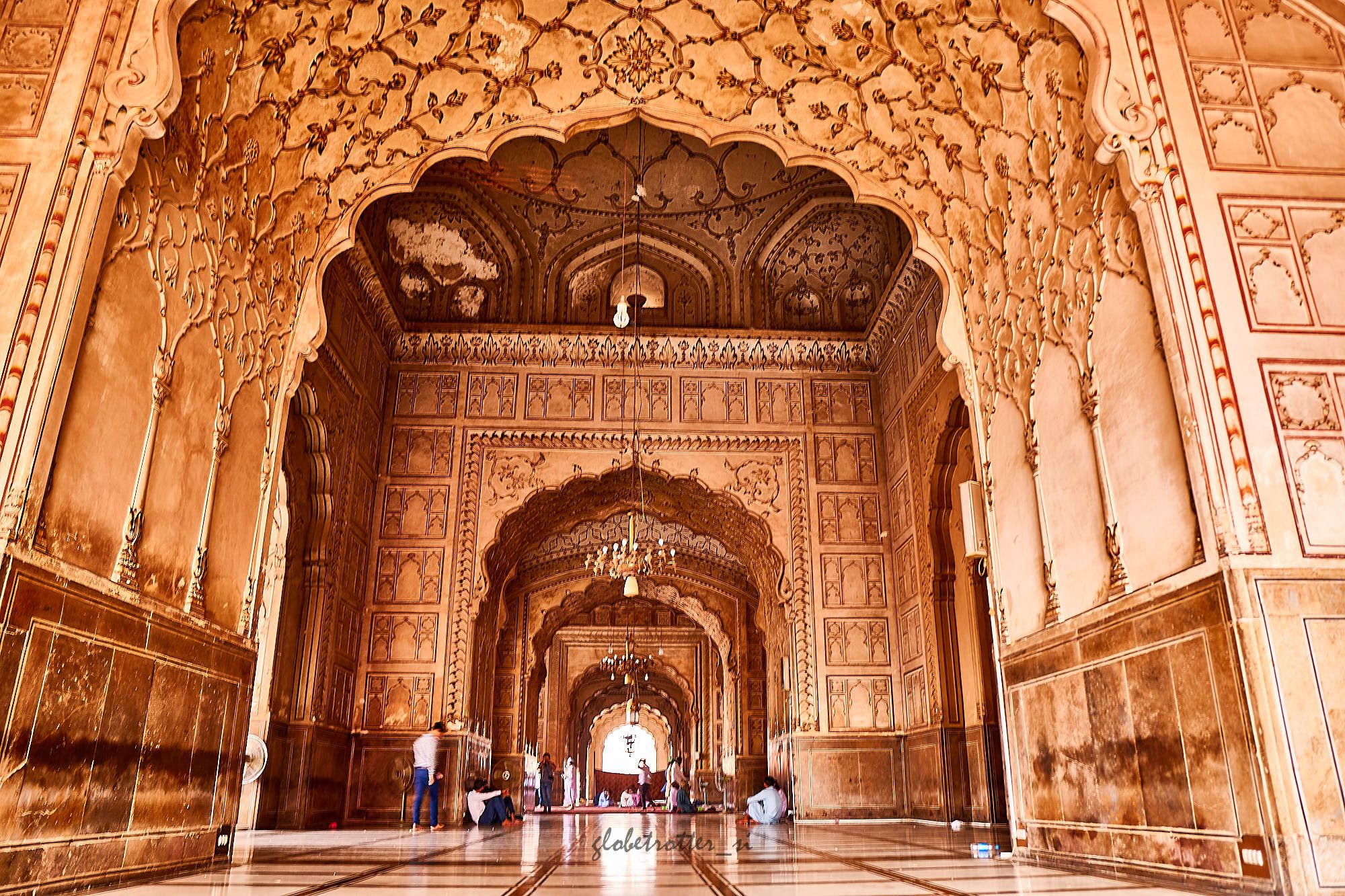
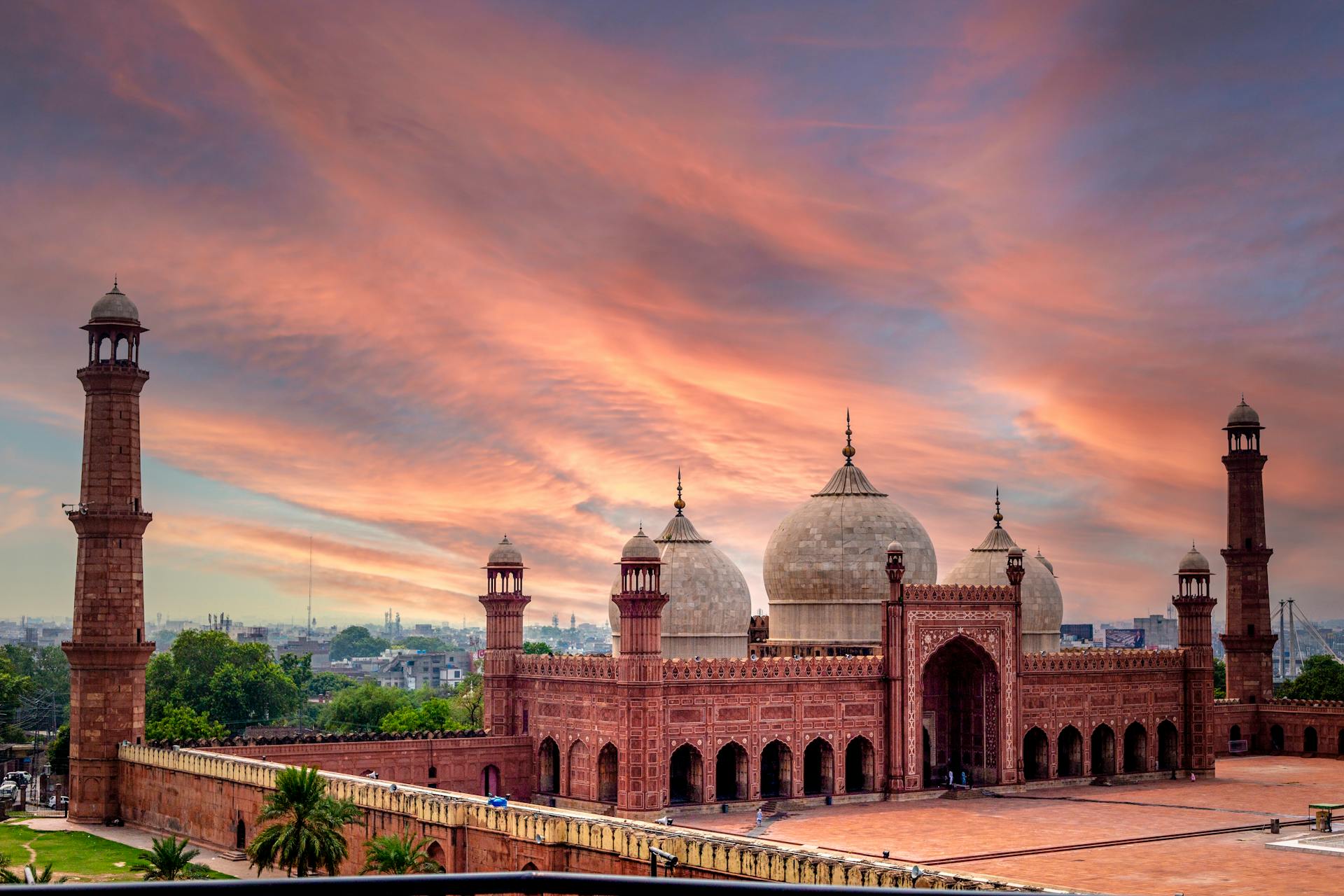
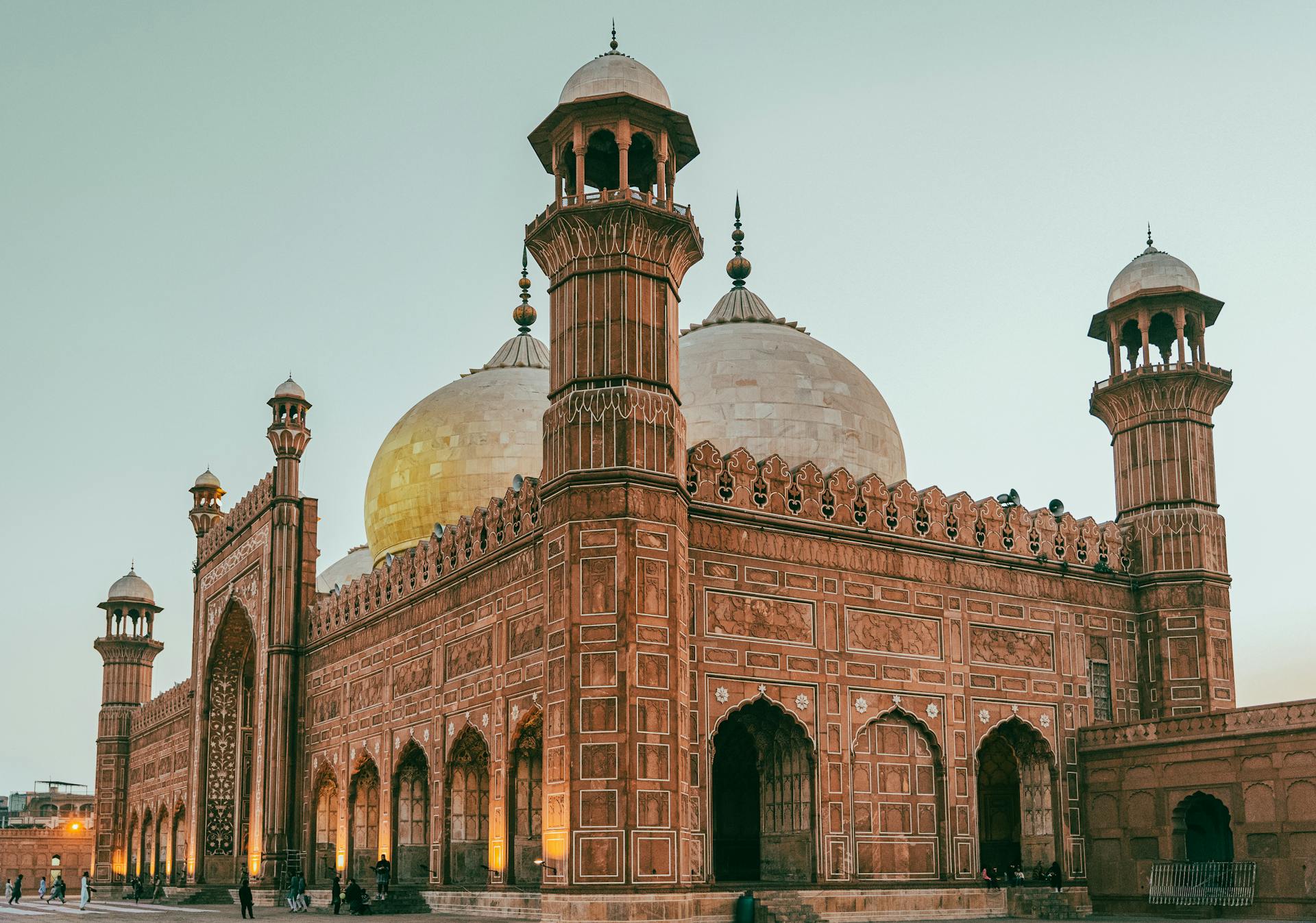
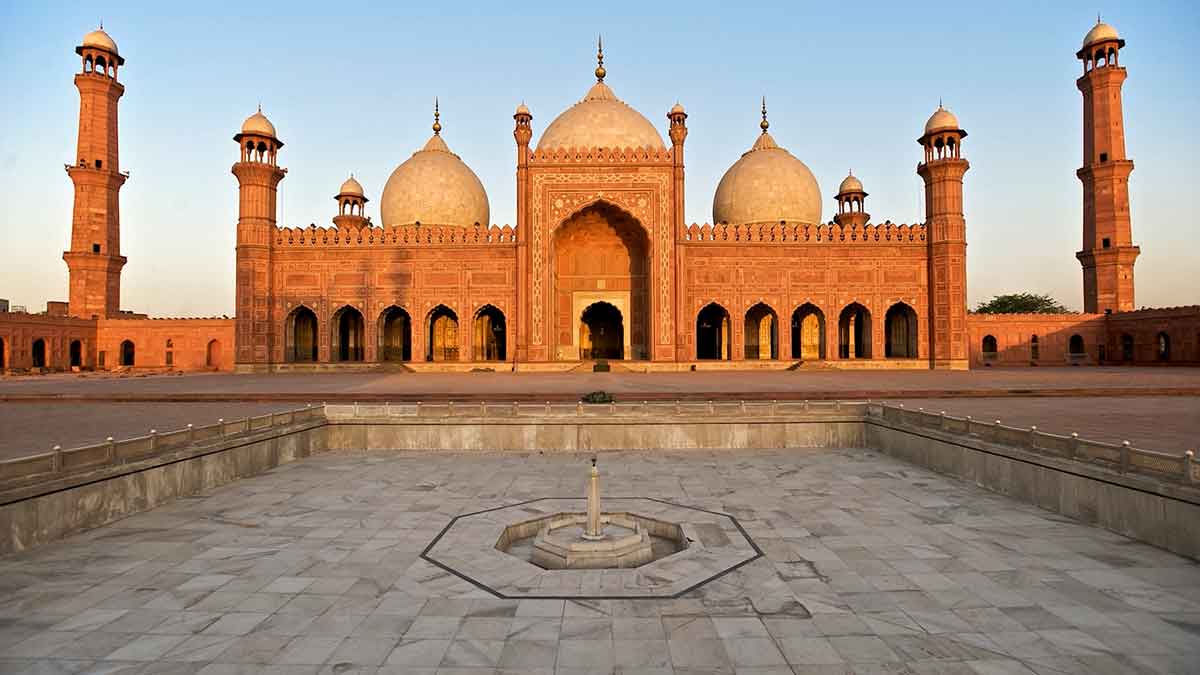
Badshahi Mosque
Location: Lahore, Punjab, Pakistan
Commissioned by Mughal Emperor Aurangzeb in 1671, it is one of the grandest examples of Mughal architecture.
Learn more